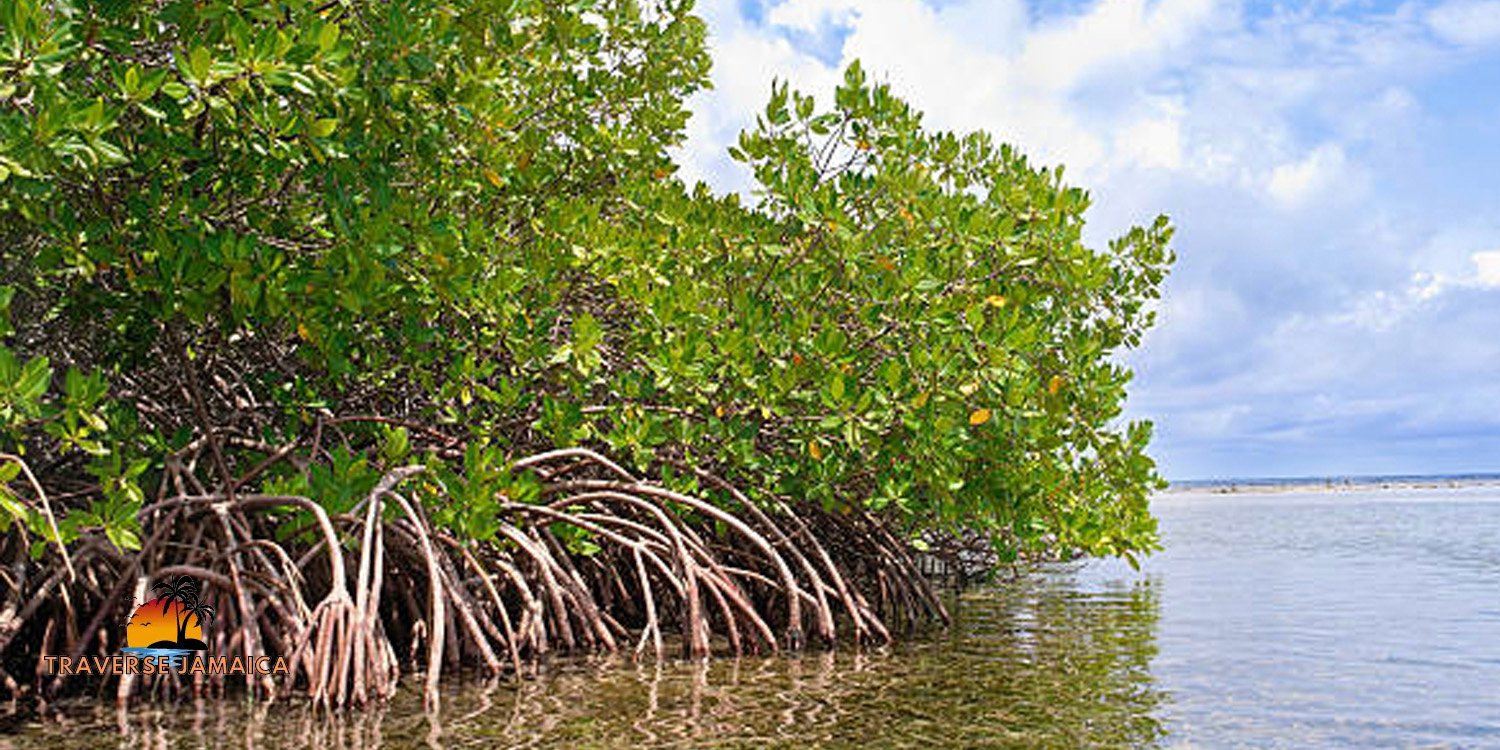Exploring the Mangrove Swamps of Jamaica: Nature’s Coastal Guardians
Jamaica’s mangrove swamps are more than just tangled trees growing along the shoreline. They’re vital ecosystems that support wildlife, protect coastlines, and offer unique opportunities for eco-tourism. For travelers interested in the island’s natural beauty beyond its beaches, the mangrove swamps are a fascinating, often overlooked experience.
What Are Mangroves, and Why Do They Matter?
Mangroves are salt-tolerant trees and shrubs that grow in coastal intertidal zones. In Jamaica, these ecosystems thrive in shallow bays, lagoons, and river mouths. You’ll find significant mangrove systems in places like the Black River Lower Morass, Portland Bight, and the wetlands of Negril.
Their roots, which often rise above the water in twisted, intricate patterns, are more than visually striking—they act as natural buffers, reducing the impact of storm surges and coastal erosion. They also filter pollutants, keeping nearby marine ecosystems like coral reefs and seagrass beds healthier.
But the real magic of mangroves is in their biodiversity. These swamps serve as nurseries for fish, sanctuaries for birds, and safe zones for reptiles and crustaceans. They’re humming with life—and they’re essential for Jamaica’s ecological stability.
The Black River: A Gateway to the Mangroves
One of the best ways to explore Jamaica’s mangroves is by boat tour along the Black River, the longest river on the island. As you glide through calm waters shaded by overhanging branches, you’ll likely spot herons, egrets, and the famous Jamaican crocodile. The guides, often locals with deep knowledge of the land, provide insight into the swamp’s history, flora, and fauna.
The Black River’s mangrove swamp is part of the Black River Lower Morass, a designated Ramsar Wetland of International Importance. This status reflects not just the swamp’s beauty, but its global environmental value.
Wildlife in the Mangroves
Mangrove ecosystems support a wide range of species. In Jamaica, this includes over 100 species of birds, many of which are migratory. You might see the yellow warbler flitting through branches or hear the distant cry of an osprey. Crabs and shrimp scurry beneath the waterline, while manatees—though rare—occasionally visit.
And then there’s the American crocodile. Unlike its more aggressive cousin, the Nile crocodile, Jamaica’s crocs tend to be shy and non-threatening to humans. They’re protected under Jamaican law, and seeing one basking on the muddy banks of the river is a highlight of any tour.
Mangroves and Climate Change
Beyond their beauty and biodiversity, mangroves are climate warriors. They sequester carbon at rates far higher than most terrestrial forests, making them a powerful tool in the fight against global warming. Unfortunately, they’re also under threat—from coastal development, pollution, and rising sea levels.
In Jamaica, conservation efforts are in motion. Organizations and communities are working together to protect and replant mangroves, recognizing that preserving these ecosystems is critical for both environmental and economic sustainability.
Tips for Visiting
If you’re planning to explore the mangrove swamps:
-
Take a guided tour. Local guides provide not only safety and navigation but also knowledge that deepens your experience.
-
Wear insect repellent. Mangroves can be buggy, especially near dusk.
-
Bring binoculars. Birdwatchers will be in paradise.
-
Respect the environment. Don’t disturb wildlife or collect plants.
Final Thoughts
Jamaica’s mangrove swamps aren’t just a side attraction—they’re a key part of the island’s identity. They hold ecological, cultural, and even spiritual significance. Whether you’re a nature lover, a photographer, or just someone looking to see Jamaica from a different angle, exploring the mangroves offers a rich, rewarding experience.
These swamps aren’t just surviving—they’re teaching us how to thrive with nature, not against it. And that’s a lesson worth taking home.









